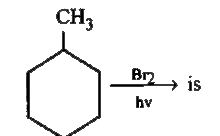The major product obtained from photochemical chlorination of ethylbenzene (in excess) is hydrolyzed with aqueous KOH. The final product formed is :
PbCH2CHO
PhCOCH3
PhCHO
PhCOOH
The correct Answer is:B
To solve the problem of determining the final product formed from the photochemical chlorination of ethylbenzene followed by hydrolysis with aqueous KOH, we can break down the process into a series of steps:
Step 1: Photochemical Chlorination of Ethylbenzene
1. Starting Material: Ethylbenzene (C6H5-CH2-CH3).
2. Chlorination Process: Under the influence of light (photochemical conditions), chlorine (Cl2) will react with ethylbenzene.
3. Mechanism: The reaction proceeds via a free radical mechanism, where chlorine radicals (Cl•) abstract hydrogen atoms from the benzylic position (the carbon adjacent to the benzene ring).
4. Formation of Products: The major product of chlorination in excess chlorine will be 1,2-dichloroethylbenzene (C6H5-CHCl-CH2Cl), where two hydrogen atoms from the ethyl group are replaced by chlorine atoms.
Step 2: Hydrolysis with Aqueous KOH
1. Starting Material: 1,2-Dichloroethylbenzene (C6H5-CHCl-CH2Cl).
2. Hydrolysis Reaction: When treated with aqueous KOH, the chlorine atoms will be replaced by hydroxyl groups (OH).
3. Mechanism: The reaction follows an SN1 mechanism due to the formation of a stable carbocation intermediate after the departure of a chlorine atom.
4. Formation of Intermediate: The first step involves the formation of a carbocation (C6H5-CH+-CH2Cl) after the loss of one Cl atom.
5. Nucleophilic Attack: The hydroxide ion (OH-) from KOH will then attack the carbocation, resulting in the formation of a secondary alcohol (C6H5-CHOH-CH2Cl).
6. Second Hydrolysis: The second chlorine atom will also be replaced by hydroxyl, leading to the formation of a diol (C6H5-CHOH-CH(OH)2).
7. Dehydration: The presence of two hydroxyl groups on the same carbon will lead to instability, resulting in the elimination of water (H2O) and forming a ketone.
Final Product
The final product formed after the dehydration step will be acetophenone (C6H5-CO-CH3).
Summary of the Final Product
The final product formed from the photochemical chlorination of ethylbenzene followed by hydrolysis with aqueous KOH is acetophenone (C6H5-CO-CH3).
---
1. Starting Material: Ethylbenzene (C6H5-CH2-CH3).
2. Chlorination Process: Under the influence of light (photochemical conditions), chlorine (Cl2) will react with ethylbenzene.
3. Mechanism: The reaction proceeds via a free radical mechanism, where chlorine radicals (Cl•) abstract hydrogen atoms from the benzylic position (the carbon adjacent to the benzene ring).
4. Formation of Products: The major product of chlorination in excess chlorine will be 1,2-dichloroethylbenzene (C6H5-CHCl-CH2Cl), where two hydrogen atoms from the ethyl group are replaced by chlorine atoms.
1. Starting Material: 1,2-Dichloroethylbenzene (C6H5-CHCl-CH2Cl).
2. Hydrolysis Reaction: When treated with aqueous KOH, the chlorine atoms will be replaced by hydroxyl groups (OH).
3. Mechanism: The reaction follows an SN1 mechanism due to the formation of a stable carbocation intermediate after the departure of a chlorine atom.
4. Formation of Intermediate: The first step involves the formation of a carbocation (C6H5-CH+-CH2Cl) after the loss of one Cl atom.
5. Nucleophilic Attack: The hydroxide ion (OH-) from KOH will then attack the carbocation, resulting in the formation of a secondary alcohol (C6H5-CHOH-CH2Cl).
6. Second Hydrolysis: The second chlorine atom will also be replaced by hydroxyl, leading to the formation of a diol (C6H5-CHOH-CH(OH)2).
7. Dehydration: The presence of two hydroxyl groups on the same carbon will lead to instability, resulting in the elimination of water (H2O) and forming a ketone.
The final product formed after the dehydration step will be acetophenone (C6H5-CO-CH3).
The final product formed from the photochemical chlorination of ethylbenzene followed by hydrolysis with aqueous KOH is acetophenone (C6H5-CO-CH3).
Topper's Solved these Questions
- CARBONYL COMPOUNDSBook:HIMANSHU PANDEYChapter:CARBONYL COMPOUNDSExercise:Level 1 (Q.26 To Q.50)
Explore 25 Videos
- CARBONYL COMPOUNDSBook:HIMANSHU PANDEYChapter:CARBONYL COMPOUNDSExercise:Level 1 (Q.51 To Q.1)
Explore 2 Videos
- CABOXYLIC ACIDS AND ITS DERIVATIVESBook:HIMANSHU PANDEYChapter:CABOXYLIC ACIDS AND ITS DERIVATIVESExercise:Subjective Type Problems
Explore 8 Videos
- CHEMISTRY IN DAILY LIFEBook:HIMANSHU PANDEYChapter:CHEMISTRY IN DAILY LIFEExercise:Integer Answer Type Problems
Explore 7 Videos
Similar Questions
Knowledge Check
 . The major product obtained is A
. The major product obtained is A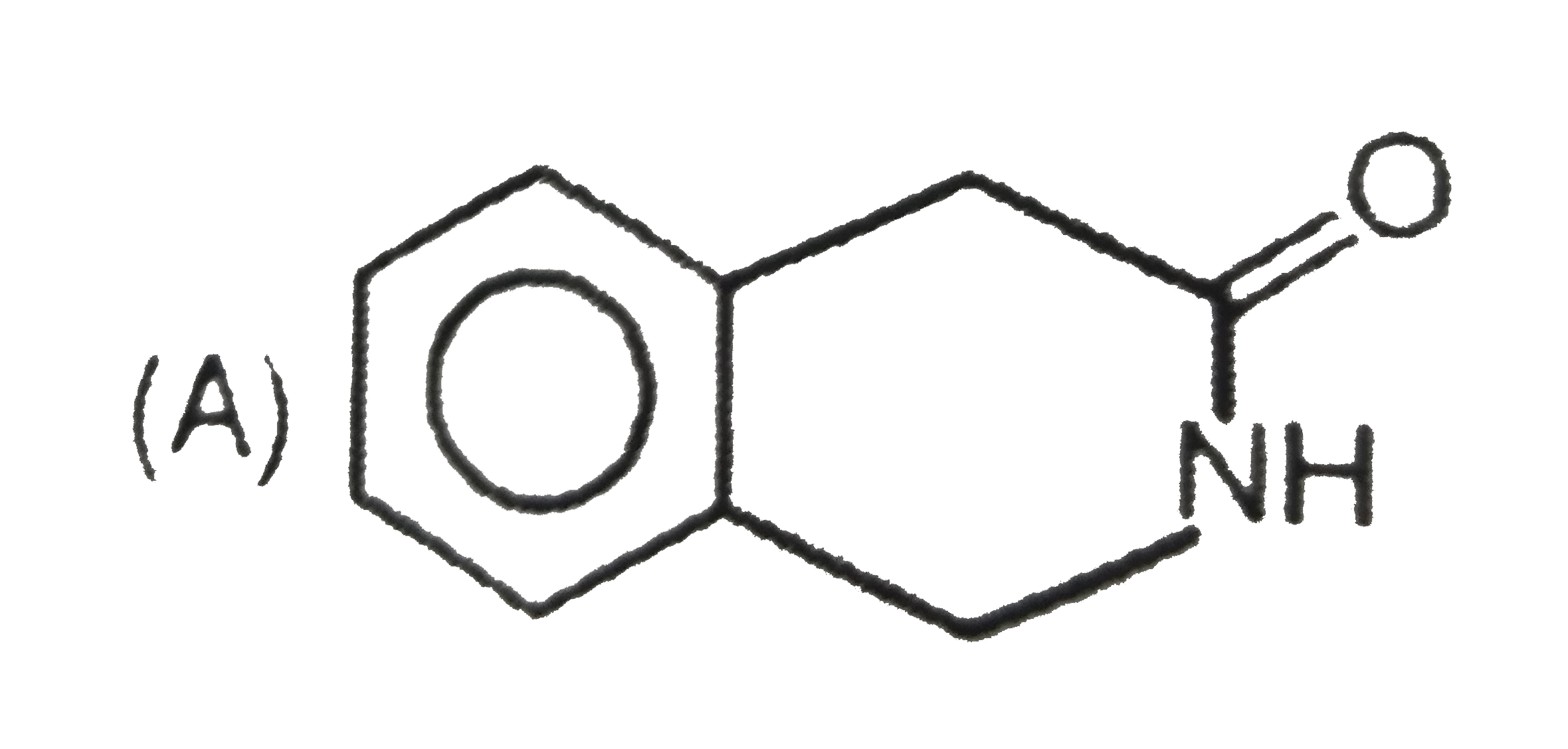 B
B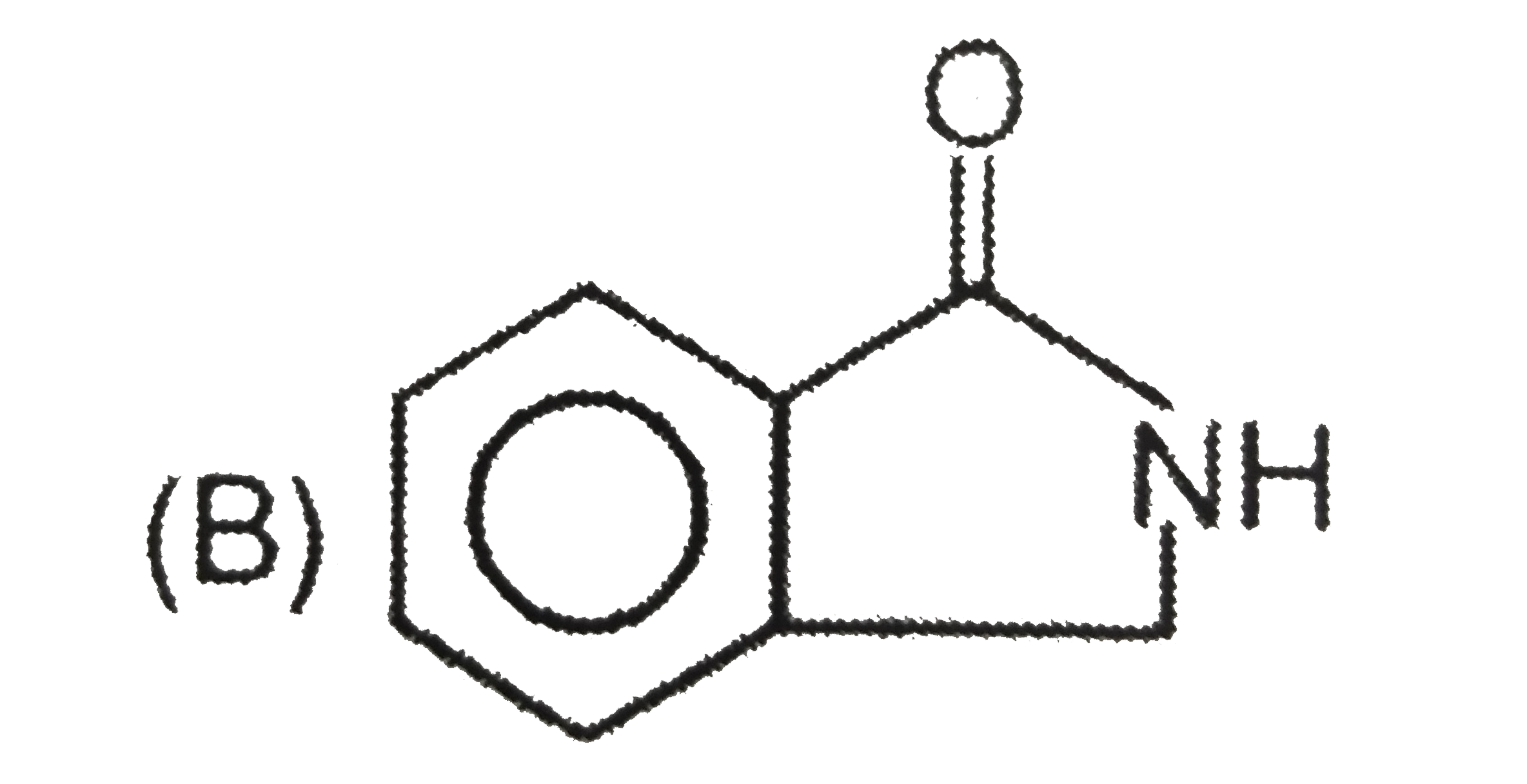 C
C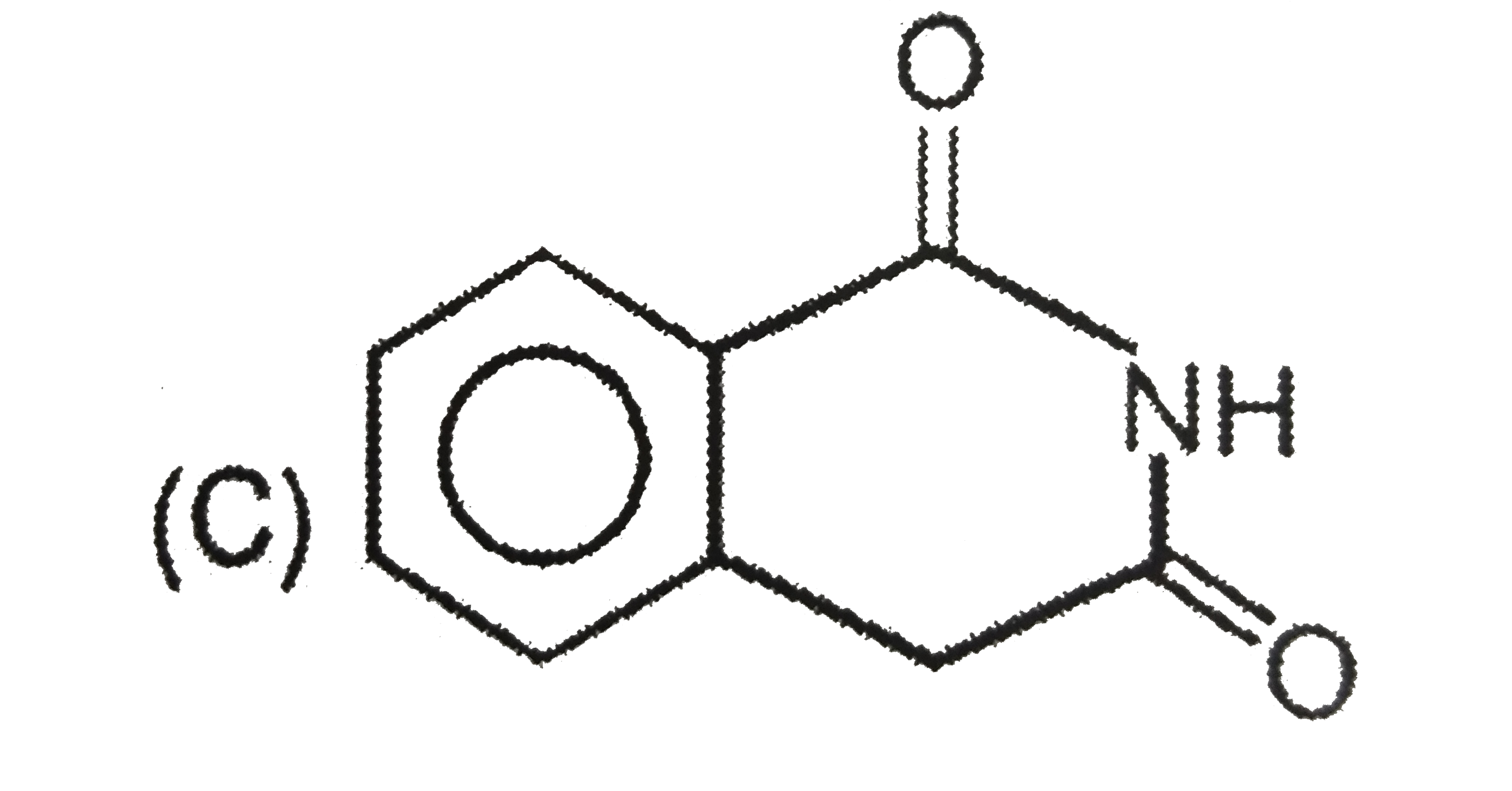 D
D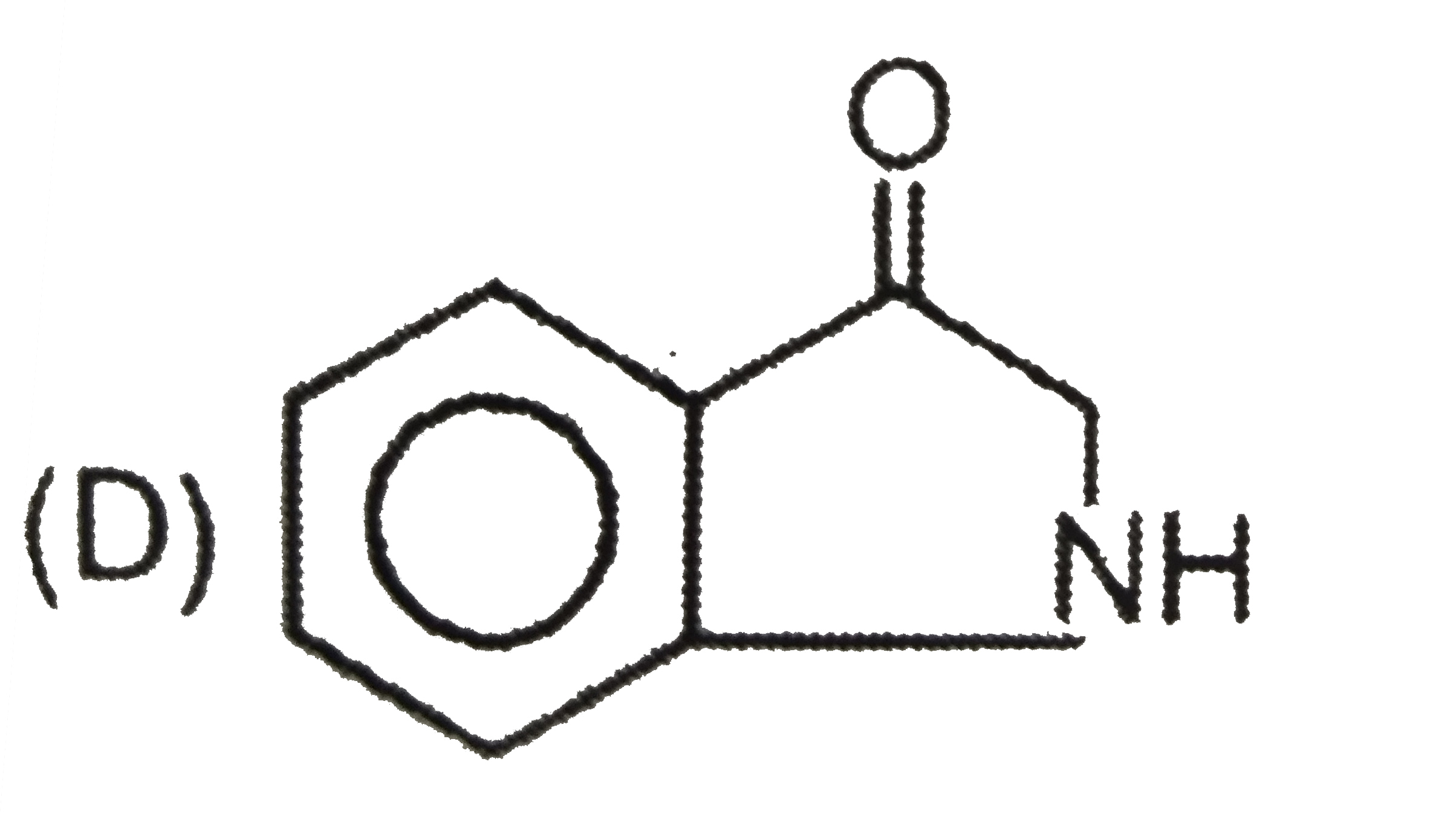
The major product obtained in the following
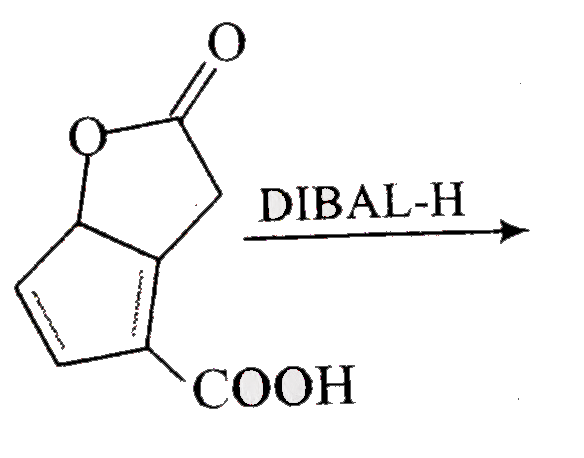 A
A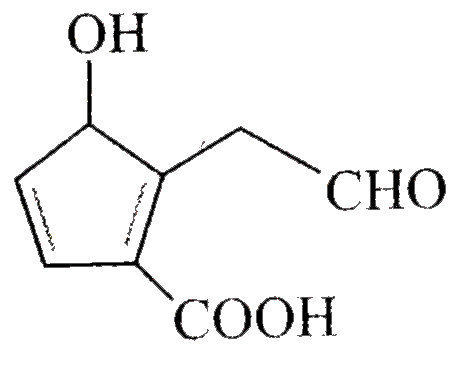 B
B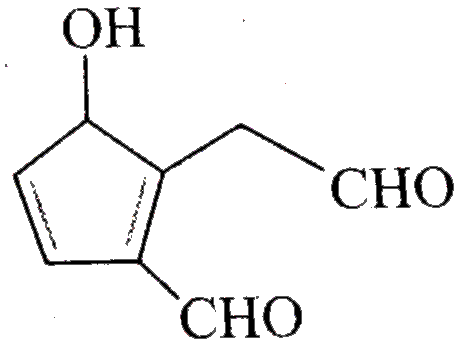 C
C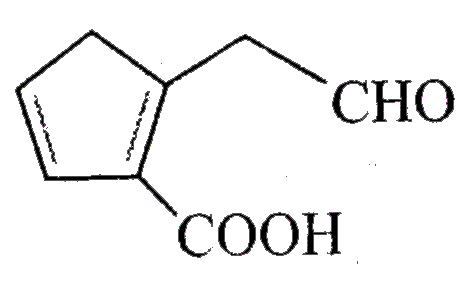 D
D
The major product obtainned in the reaction
 A
A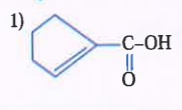 B
B C
C D
D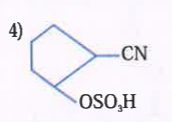
The major product obtained in the reaction is

View SolutionThe major product obtained in the reaction

View SolutionThe major product obtained in the reaction :

View SolutionThe major product obtained in the reaction :

View SolutionWhat is the major product obtained from the following reaction?

View Solution



